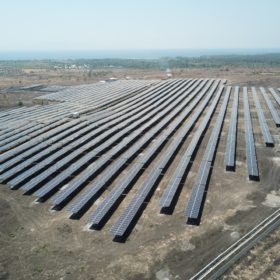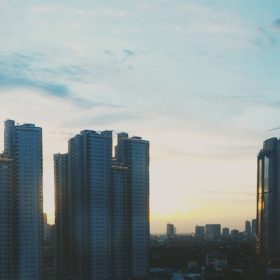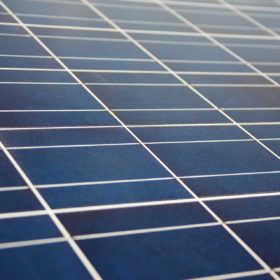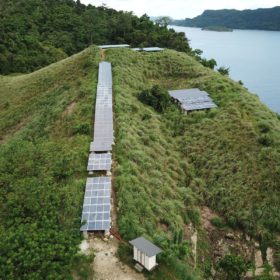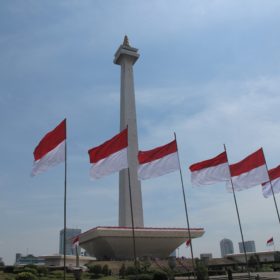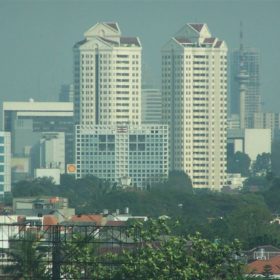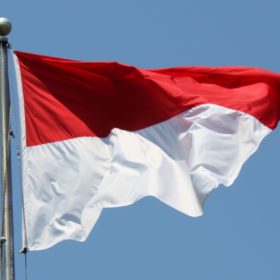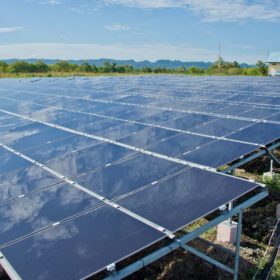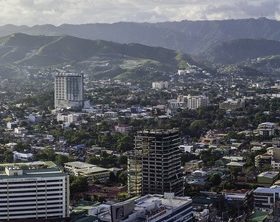Eastern Indonesia may become hub for large scale PV deployment
The Indonesian government has announced the construction of a big PV plant in the eastern part of the country, explaining that the region is particularly suitable for solar development due to its dry climate and high solar radiation levels. The region is indeed the most suitable area for solar parks, due to land availability and high electricity generation costs.
Indonesia launches call for IPP solar projects
State-owned utility PT PLN (Persero) is seeking proposals from independent power producers to build large-scale solar plants.
Indonesia has 18.2 MW of solar under net metering
Most of Indonesia’s deployed capacity comes from industrial PV systems, at 7.7 MW, while residential PV installations stand at just 5.1 MW. The authorities introduced improved net metering provisions earlier this year.
Indonesia’s first PPA for large scale solar
Coal producer SESM is planning a 10 MW off-grid hybrid solar plant in South Sumatra. A palm oil producer will buy the solar electricity generated under a 20-year power purchase agreement.
Solar-plus-storage vs grid enhancement – Part VI
Two projects have been deployed by Canopy Power on private islands in Indonesia. The two 52.5 kW/77 kWh mini-grids were the only alternative to diesel generators due to the lack of a connection with the grid on the island of Batam. The projects – which rely on REC Solar modules, SMA inverters and a storage system from Tesvolt – provide around half of the energy required on their respective islands.
Indonesia improves rules for rooftop PV
The government has amended two regulations and introduced a new one to spur development of rooftop PV. The new provisions increase the size of systems eligible for net metering payments and reduce fees for industrial installations.
Storage preferred to net metering in Indonesia as new rules prove ineffective
According to solar body the PPLSA, around 300 PV system owners have already gone off-grid as the tariff granted for surplus power under net metering was not attractive enough. Several barriers are preventing net metering taking hold, including an obligation to either use locally made equipment or pay more to re-certify imported modules and inverters.
Indonesia introduces net metering
With a new decree, the Indonesian Ministry of Energy and Mineral Resources has enabled the owners of residential, commercial and industrial rooftop PV systems to sell excess power to the grid. The government hopes the new provisions will result in around 1 GW of deployed PV capacity over the next three years. Doubts, however, have been raised about the attractiveness of the scheme.
Micro and mini-grids to bring power to Indonesia’s off-grid communities
The government wants to help the provinces of eastern Indonesia – in particular Papua, which has the lowest electrification rate in the country. Policymakers are in talks with the Asian Development Bank and seeking advice for implementation.
Philippines: 60 MW solar PV plant commissioned on Cebu Island
A 60 MW solar PV plant in the city of Toledo, the largest solar project to be financially underpinned by the Development Bank of the Philippines, has begun dispatching electricity to the grid.
